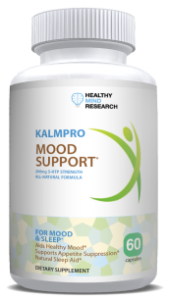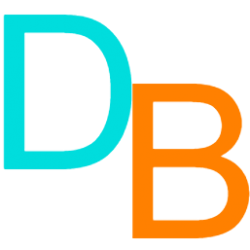
All-new KalmPro Mood Support was developed by a psychiatrist and contains 5-HTP (5-hydroxytryptophan) from all-natural ingredients to help with depression. 5-HTP is an amino acid that the body naturally produces. In KalmPro Mood Support, we extracted the 5-HTP from Griffonia simplicifolia seeds, thereby making this supplement all-natural.
Low serotonin levels in the body can lead to depression, insomnia, and weight gain. 5-HTP can help to alleviate those problems, and helps to improve mood, improve sleep, and induce weight loss.
5-HTP is a natural antidepressant, and there are studies showing its preliminary effectiveness and safety for depression.
If you are tired of the side effects and expensive cost of prescription antidepressant medications, then consider this all-natural supplement for depression- KalmPro Mood Support.
To get the most out of KalmPro Mood Support, it is recommended you take two capsules daily with a meal. Before taking KalmPro Mood Support, it is advisable to let your doctor know that your are considering this supplement for improved mood, better sleep, and better weight control.
Take control of your moods and get KalmPro Mood Support now!

Carlo Carandang, MD, is a psychiatrist who has over 15 years experience treating patients with depression and anxiety. In addition, Dr. Carlo has done research and taught students and doctors about depression and anxiety. His other popular website, AnxietyBoss.com, has received over 5 million views to date.

 The 3rd subtype of Depression is Dysthymic Disorder, also known as Dysthymia. Dysthymia is a chronic, smoldering form of Major Depressive Disorder. While not as severe and dramatic as Major Depression, Dysthymia lasts a long time, greater than two years in adults, and greater than one year in adolescents. Dysthymia affects 3% to 6% of people. It is one of the
The 3rd subtype of Depression is Dysthymic Disorder, also known as Dysthymia. Dysthymia is a chronic, smoldering form of Major Depressive Disorder. While not as severe and dramatic as Major Depression, Dysthymia lasts a long time, greater than two years in adults, and greater than one year in adolescents. Dysthymia affects 3% to 6% of people. It is one of the